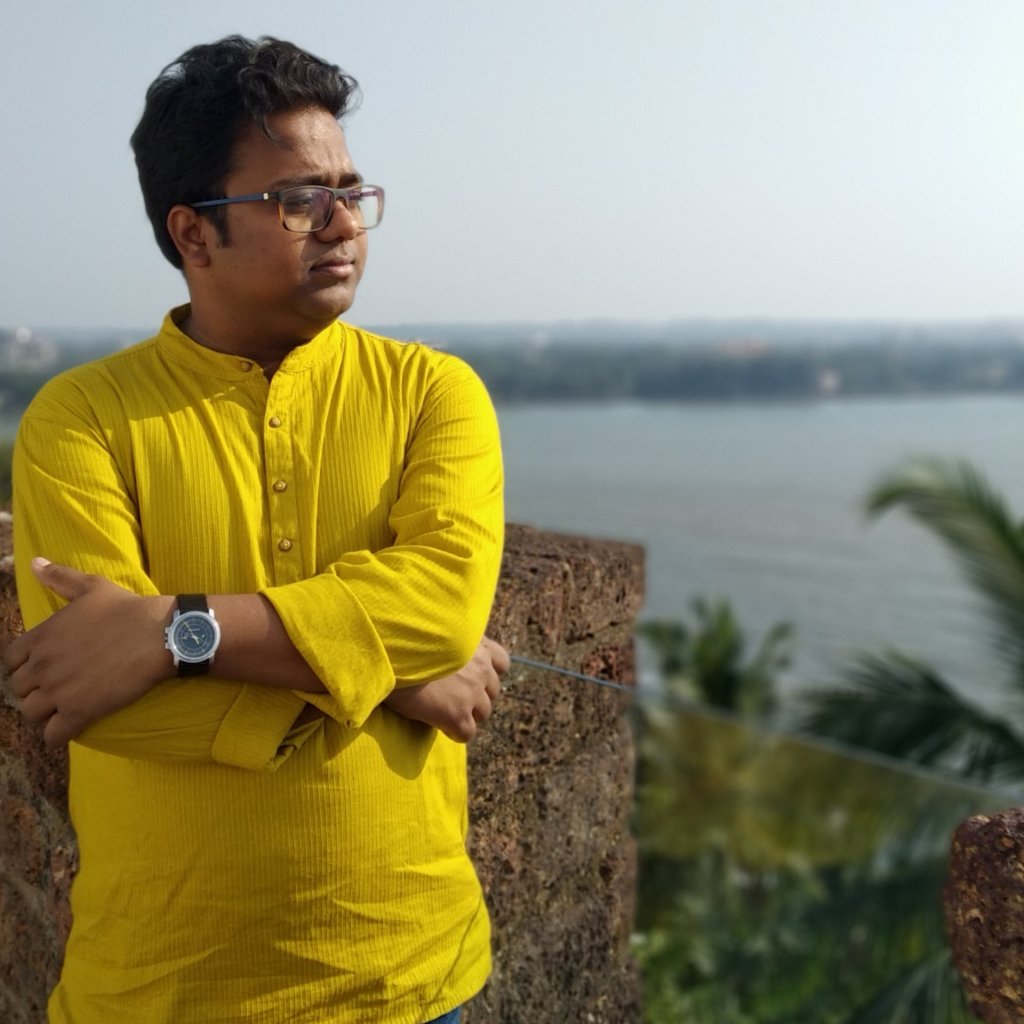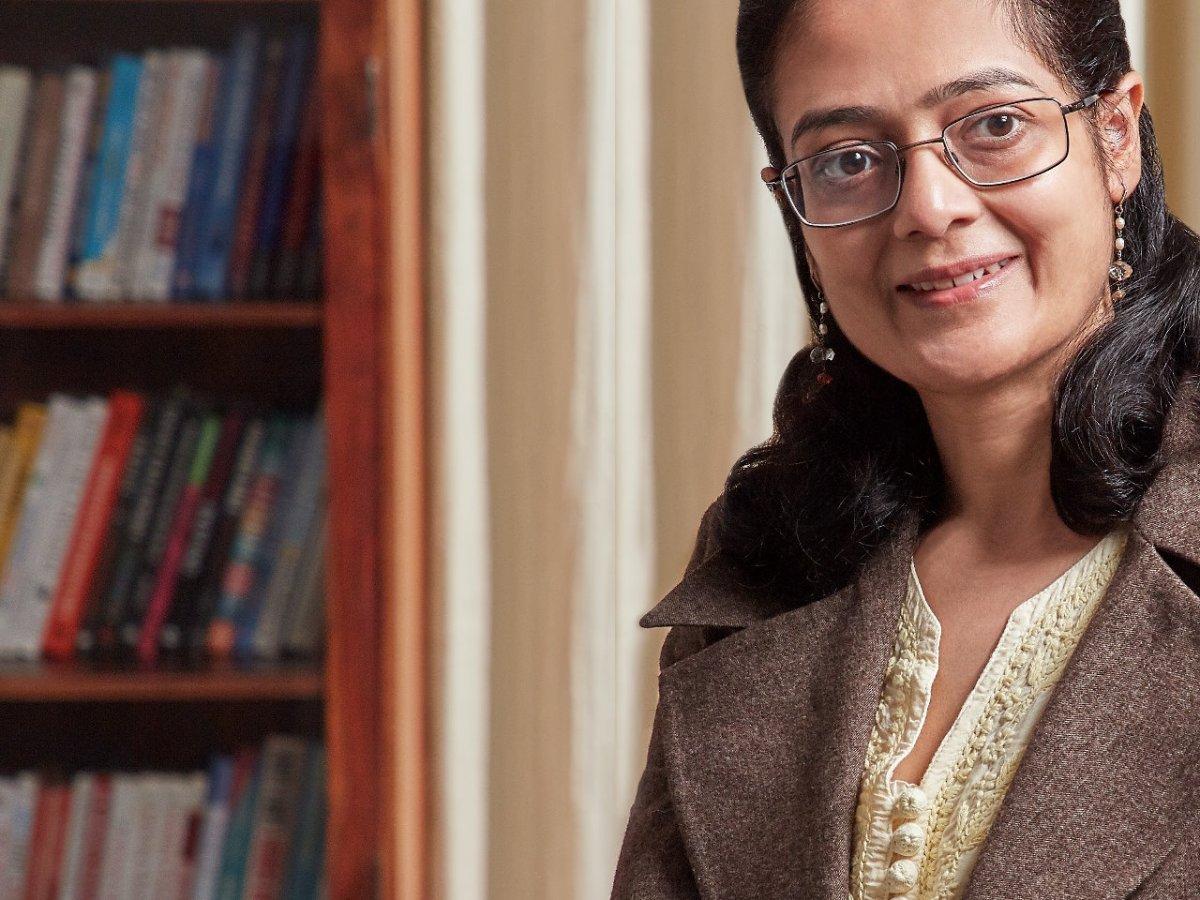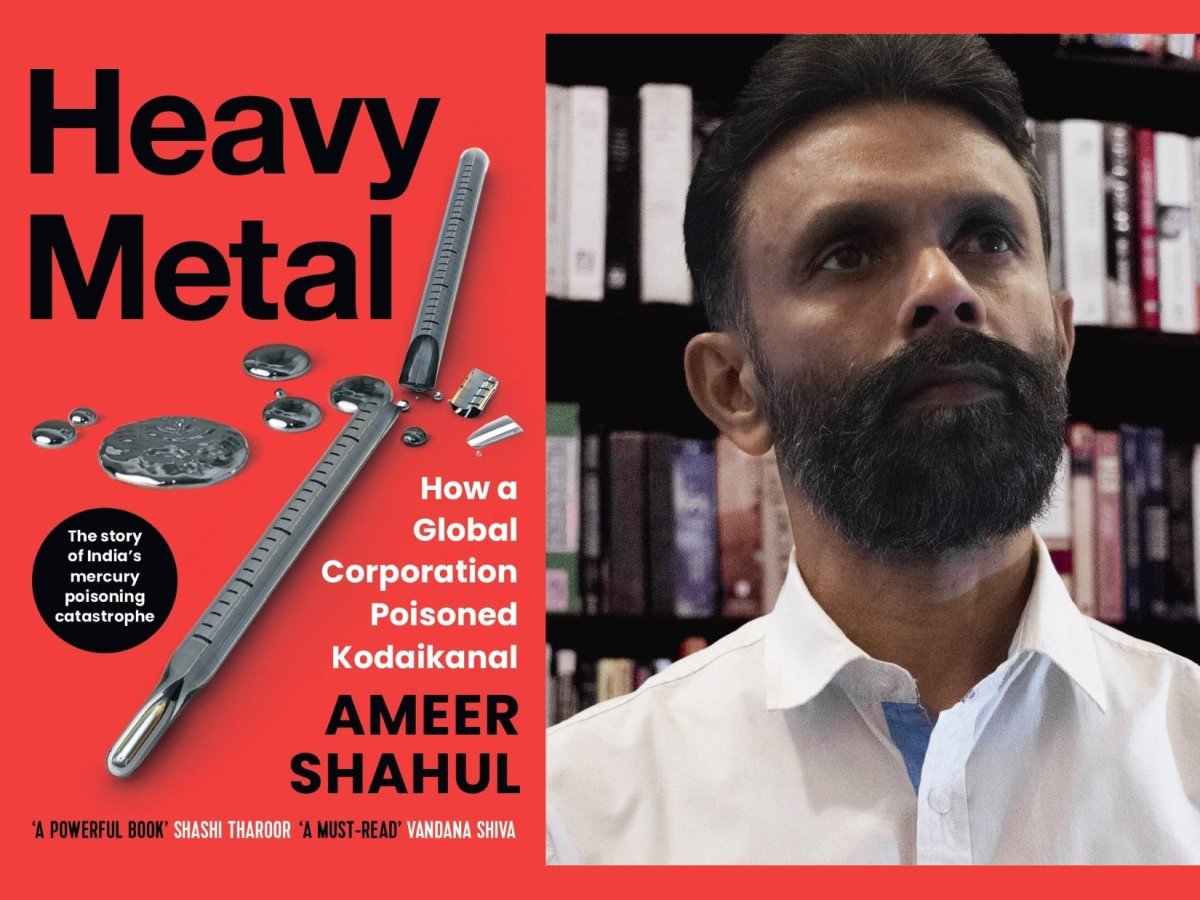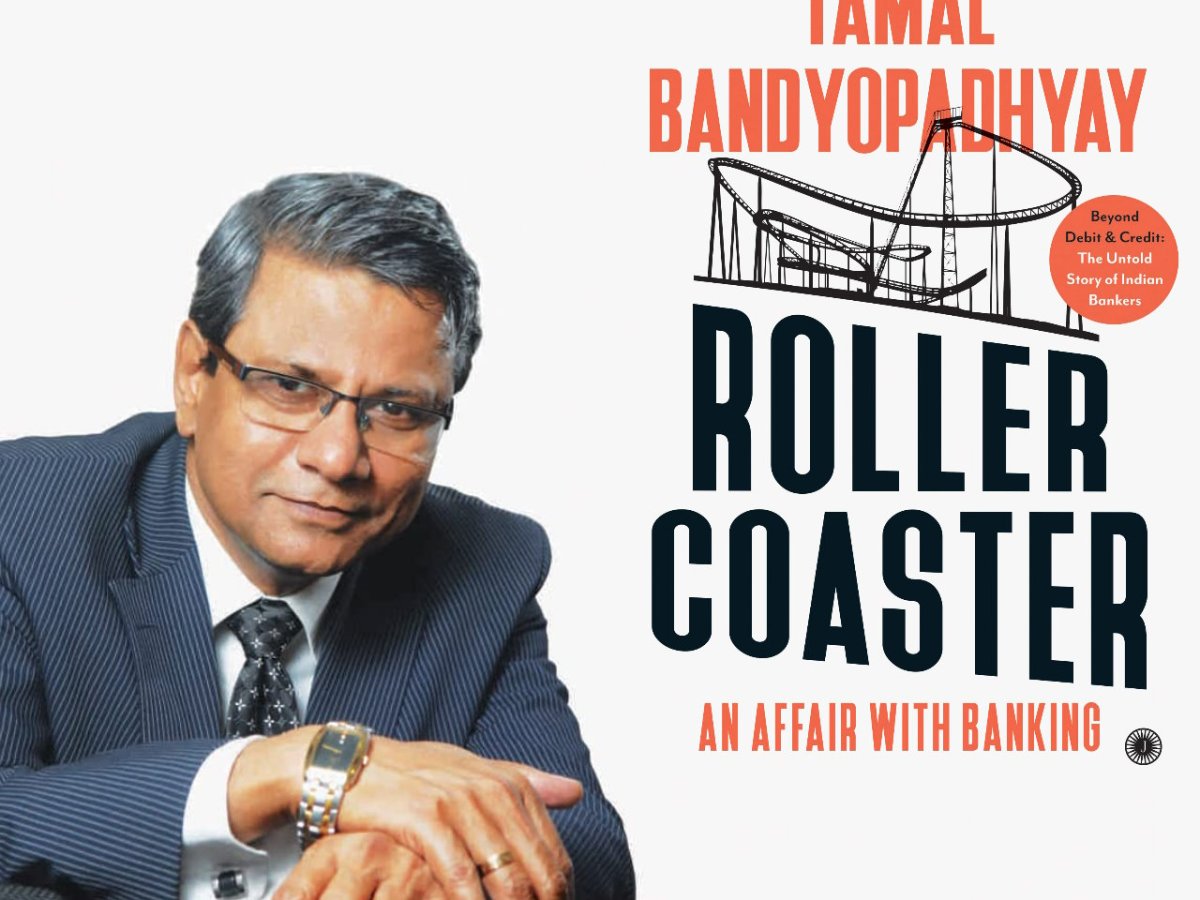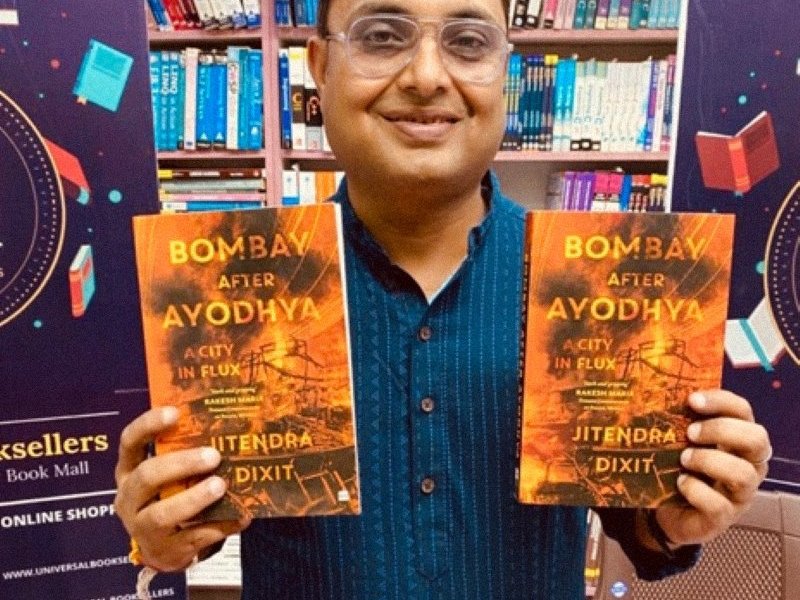Based in New Delhi, Meher Wan is a scientist with the Council of Scientific & Industrial Research (CSIR), Scientific Editor of the Indian Journal of Pure and Applied Physics (IJPAP) and Associate Editor of Science Reporter. He is also the author of The Scientific Sufi: The Life and Times of Jagadish Chandra Bose, which was released last month. For those who may not know, Bose was a leading Indian scientist with interests in physics and biophysics. He pioneered research in the areas of radio microwave optics and was the first to use semiconductor junctions to detect radio waves. Bose is considered the father of modern Indian science and he also founded the Bose Institute, a premier research institute in Calcutta, in 1917. We caught up with Meher to talk about Bose and his work as a leading scientist of his time, and the book, which unearths information that was hitherto unknown to most.
You have a PhD in Nano Physics. Tell us about your interest in this subject? What is it about Nano Physics that you find most fascinating?
I am a physicist by training. I explored materials science at nano-scale with my understanding of physics. Scale of ‘Nano’ means approximately 300 million times smaller than thickness of human hair. Materials at nano-scale behave in a very different way than they do at bulk scale, by many times. I started doing my research when the Nobel was given to the work done on graphene, which is a single atomic thick layered wonder material. So, I was fascinated by the different materials which are thin two-dimensional. It was all about synthesising the 2D materials chemically or physically at the desired scale. However, it is more interesting to use these different kinds of nano-materials for making devices. For making nano-devices, we need to manipulate the materials at a very small scale (for example, you need to pick a nano-wire or cut it or make electrical connections), which is very challenging. At nano-scale, the gravitational force does not remain the dominating force, Van der Waals force becomes dominant. It opens a whole world of new experiences for a scientist. To do this work, I learnt different lithography techniques and measurement techniques to make small devices.

What was it that inspired you to write a book on the life and times of Sir Jagadish Chandra Bose? Amongst all of Bose’s scientific discoveries and accomplishments, which ones would you say are most important in present day context?
It is a personal story at the beginning. When I started my research, I wanted to know about the life and struggles of great Indian scientists. I got some material but it was mainly technical content, which discussed the scientific works of these scientists. I was much more interested in their personality, their environment, their motivation, and their struggle. We find a lot of personal stuff about celebrities but it’s much harder to find something relevant about scientists, especially about Indian scientists. When, I started exploring the lives of scientists in India, I was amazed – their life is so inspiring! Sir Jagadish Chandra Bose is one of them.
The idea for the book took shape when I visited Bharat Ratna Prof. C.N.R. Rao at the Jawaharlal Nehru Centre for Advanced Scientific Research (JNCASR), who is a great admirer of Sir J.C. Bose. During our conversation, I saw that Prof. Rao’s face was glowing when he spoke of Sir Bose, who is considered to be the father of modern science in India. Bose started his research with no funding and no support; he started his lab in Presidency College, Calcutta, in his own sitting chamber, spending from his own salary for his research work. He used very sensitive, incredibly precise equipment, which he actually made himself. His works on wireless communication and the discovery of nervous system in plants are extraordinary. His work is still all around us; current telecommunications technology is unthinkable without his contributions.
Bose invented the crescograph, which he used to measure the growth of plants in different conditions. He used to say that the human nervous system is too complex and difficult to understand and that scientists should try to understand the plant nervous system first, which is much simpler. This, at a time when scientists around the globe assumed that plants do not have nervous system! Prof. Bose faced a lot of opposition, for a long time, in trying to convince plant physiologists around the world that plants do indeed have a nervous system. Bose was a pioneer in the work he did around 120 years ago, which he termed plant-psychology, and this is still being explored by scientists of the 21st century now. Many believe he missed out on being awarded the Nobel prize for his works, but his life stories are definitely a source of inspiration for us.
Tell us about how you undertook research for your book? Is the book largely based on archival material available in libraries and/or other public records, or did you actually meet and speak to some people (Bose’s descendants, surviving family members, grandchildren of former friends and associates etc.) who were able to give you details of Bose’s life and his work as a scientist?
Prof. Bose left us in 1937. He did not have children. His students are his descendants. I got the opportunity to talk to several scientists and the book has much material which is hitherto unknown to most people, but I would say that this work is largely based on archival materials. I started work on this book almost seven years ago and must mention here that the Bose Institute in Calcutta was helpful in my research; they maintain an archive of information focused on Sir Jagadish Chandra Bose and have a museum that showcases the equipment and other material related him.
Sir J.C. Bose was a polymath and his life has numerous shades; readers will be amazed to know that he wrote a sci-fi story which is considered to be the first sci-fi story ever written in any Indian language. He was a great teacher and a science communicator. His popular science articles, stories, travelogues etc. are mostly in Bangla. I wanted to read his writings and lectures given in Bangla, so that I could include those in my book. I learnt Bangla with the help of my friend Saawan Bag. We even translated the collection into Hindi and published it as a book (Vaigyanik Jagdish Chandra Basu Ke Mahan Vichar) a year ago. Writing this biography has been a life-changing experience for me as a researcher and as a person.
Why is it that Bose never got his due as a scientist and why was he denied the Nobel Prize? Do you believe that the world – and especially the global scientific fraternity – now fully recognises the importance of the work that Bose did in the 19th and 20th centuries?
Prof. Bose was appreciated by his great contemporaries around the world. As to why he never got a Nobel prize, his work on plants was perhaps too revolutionary at that time and was hard for his contemporaries to fully understand and appreciate at that time. Also, those were different times. Prof. Bose started his research when the West used to think that the Indian mindset is not capable of rational thinking and doing fundamental research. Prof. Bose shattered that perception and gained recognition from the scientific greats of that time. In fact, his struggles made the life of other Indian scientists easier.
I also feel that many Indian scientists were/are appreciated and recognised outside India much more than in India. For example, Ramanujan got much more recognition outside India. People made documentary/feature films, plays etc. on Ramanujan, and they did much more research on him as a person and his work outside India. I think that we must explore the lives and works of our own greats to understand and appreciate Indian scientific contribution in modern times. My book is a small effort in this direction.

Do you read a lot? What kind of books do you like most? Any favourite genre? Any favourite authors?
I love reading and exploring. Nowadays, I read a lot of non-fiction. There is no favourite genre as such – it depends on the book, but personal letters are most interesting for me to read, if I am reading about the pre-Internet era. My favourite authors are many but if I have to name a few, Jorge Luis Borges, Kazuo Ishiguro, Munshi Premchand, Narayan Sanyal (Bangla) and Rajinder Bedi (Urdu). I recently read The Nutmeg’s Curse by Amitav Ghosh. These days, my to-read list is mostly about history of Indian science. After reading Sir J.C. Bose, I became a fan of his writings. Had he taken writing more seriously and given more time to it, he might have done work worthy of a Nobel prize in literature!
With the author’s permission, here is an excerpt from The Scientific Sufi:
Bose arrived in Paris and participated in the International Physics Congress. However, he was late in reaching Paris. Information about the subject on which he was to speak in the Royal Society reached there at the last minute and was not published till then. There was a doubt whether he would even be allowed to speak. However, the President of Congress came to Professor Bose and requested him to deliver the speech. In the speech, Professor Bose spoke very superficially about the topic without going too deeply, but many people liked his lecture very much. After this, the President of Congress requested Professor Bose to give a detailed speech on his subject, which was then translated into French. The President of Congress said that he did not know earlier that the subject was so important and beautiful. As the speech progressed, people in Paris became more interested in Professor Bose’s subject, and Bose became more and more thrilled. In the end, the Congress President said that Bose’s topic was brand new and it would take at least two years to propagate it. It will take time for people to accept it. He said one more thing, ‘Physicists do not know physiology and physiologists do not understand physics. If you add psychology to it, then no one will understand anything. As the speaker said in the beginning, only the side of physics should be published.’ Bose quotes it in his letter to Tagore written on 31 August 1900.
Since Physics was Bose’s main subject, there would not be many questions about the specialization of the subject. He also said that the paper on Bose’s speech would be published in the first edition of the Proceedings of Congress. The President of the Congress praised Bose’s research, but he was also sceptical about how other subjects, especially physiologists, would accept this research. Jagadish Chandra Bose gave a speech here on ‘Reaction of inorganic and living matter’. In this, he showed the fatigue experiments in receivers of electric waves. Leaving these receivers unattended for a while would bring their power back. In this paper, Professor Bose demonstrated the similarities and differences between inorganic substances and living beings for the first time. He compared the potential curves obtained at different temperatures in iron oxide with graphs obtained from living muscle, which had some fundamental similarities. He also observed that some inorganic substances behaved negatively with normal stimuli and some positively. They found these effects to be comparatively similar to those of the living.
A few days after the speech, Bose went to see the Eiffel Tower in Paris. Bose did not need a ticket to see the Eiffel Tower as he was a speaker of Congress and a guest of France, but he was looking to buy a ticket for his wife as her arrival was personal. Since Professor Bose knew only English and did not know French, he found it difficult to buy tickets. Jagadish and his wife were helped by a Frenchman who knew English and French. The man gave his visiting card to Professor Bose, and Bose also gave his card of gratitude to him. The gentleman hastily read, ‘Bose!!!’ and as soon as he read it, he shrugged and said – ‘Bose! Definitely not Jagadish Bose!!’ Professor Bose replied with a smile that the suspicion of that gentleman was correct and that he was Jagadish Bose. He was thrilled to hear this and excitedly told a lot about Bose to the person sitting at the ticket counter. He was angry with him for taking money from the special guest of his country while sitting at the ticket counter. Along with this, he also urged the person sitting at the ticket counter to return Professor Bose’s money. A large crowd gathered there in no time, who were thrilled to see Professor Bose’s venerable personality and special scientific research.
In the meantime, on 31 August 1900 from London, Bose wrote in a letter to Tagore:
I was delighted to see the influence of science in Paris but at the same time I got totally dejected when I remembered the prevailing state of affairs in my own country. The one who lags behind in the continuous, cruel and intense fight for existence, will gradually be weeded out and extirpated. What an earnestness I find here! As soon as the people come out to know of a new invention, they immediately go to use it. Those who first learn to use, they dominate and defeat the rest of the world in industry and manufacturing. This is an eternal fight going on throughout the globe for years. How long can an idle, unenterprising nation like us survive!
Swami Vivekananda also came to Paris when Professor Bose was there, and there was a brief meeting between Swami Vivekananda and Bose. Swami Vivekananda went to hear Bose at the Congress. Listening to Professor Bose, Swami Vivekananda praised him and his wife and wrote in one of his letters (later published as a collection entitled The Wanderer):
Here in Paris have assembled the greats of every land, each to proclaim the glory of his country. Savants will be acclaimed here—and its reverberation will glorify the countries. Among these peerless men gathered from all parts of the world, where is thy representative, O thou, the country of my birth? Out of this vast assembly a young man stood for thee, one of your heroic sons, whose words have electrified the audience and will thrill all his countrymen. Blessed be this heroic son—and blessed be his devoted and peerless helpmate who stands by him always.
At the Paris Congress, Dr Waller also presented his research paper on a similar topic to Bose’s, titled ‘Electric Current in the Eye of a Frog’. Both Bose and Waller were engaged in pushing the boundaries of knowledge further. Doctor Waller was trying to theorize that plants also have sensations and these feelings come into existence shortly after the seed has been planted. This is where there is a fine line between life and death. However, other physiologists were by no means ready to accept these things. Waller was branded as an eccentric. Waller also became irritable due to this. Once, a debate broke out between the followers of Bose and Waller. Waller’s followers used to say that the line between life and death is in the seed four days after sowing. The followers of Bose said that the line between life and death lies in the seed’s skin and it extends to the soil. You can imagine what would have happened afterwards! Bose’s friends advised him to stay as far away as possible from Waller for at least a few months. But when does that ever happen among those working on the same subject? Bose and Waller met and Bose kept his stance very soft, leaving Waller stunned.
After finishing his trip to Paris, Bose came to England. Physiologists in London shrugged off Bose’s work as ridiculous and irrational—they argued that there was no resemblance between the living and the non-living. During the debate, other scientists would tell Bose that whatever he said should be called magic, not science. There can be no greater disgrace for a scientist than to call his work magic. After long discussions and arguments, some scientists relented and told Professor Bose that his theory is the complete opposite of existing theories, so some physicists, chemists and most physiologists will strongly oppose the theory.
Bose writes about these debates in a letter to his friend Tagore:
. . . Soon you will enjoy the fun of ‘Abhimanyu’s killing’ by Saptarathi (seven charioteers)! Bravo Jantipi, Bravo Socrates’ This poor soul representing your country is asphyxiating. But the representative you have sent will never show his back in the battle. He sees with his inner eyes that he is showered with blessings from all his countrymen . . .

The Scientific Sufi is available on Amazon
More Stories:
adventure advertising Allahabad Apple astrology audiobooks Banaras best-of lists Bombay book marketing business Calcutta cheap reads cityscapes corporate culture design fiction food Hinduism hippies history India Japan journalism journalists libraries literary agents memoirs memories money Mumbai music my life with books Persian photojournalism Prayagraj publishers publishing science-fiction self-help technology travel trends Varanasi wishlists

